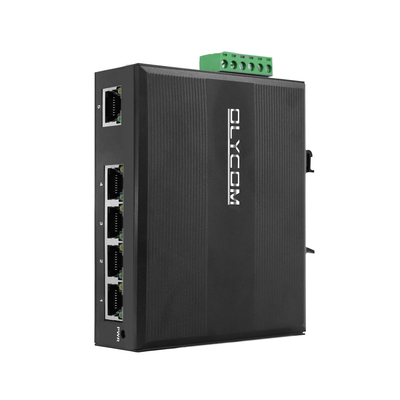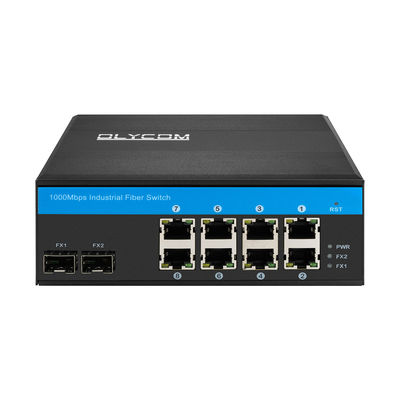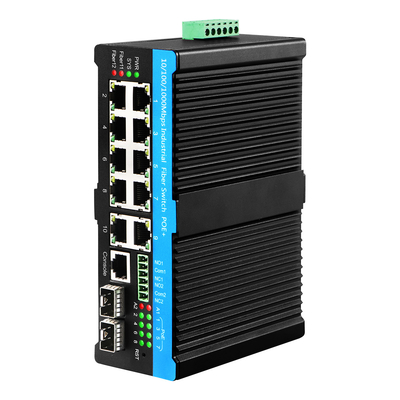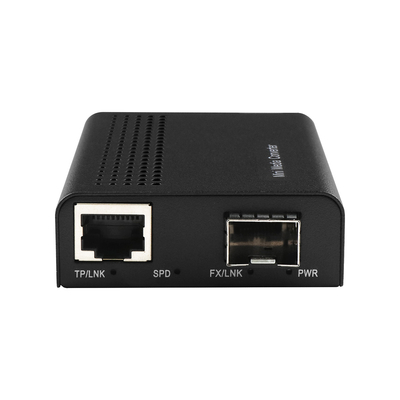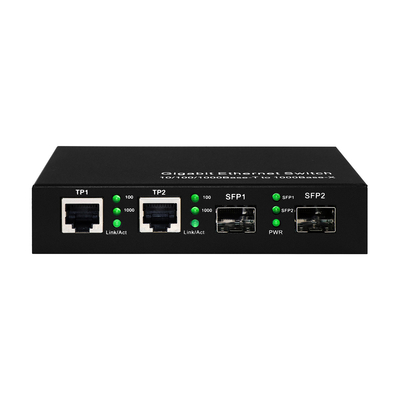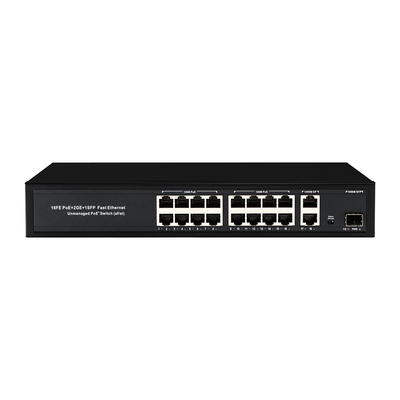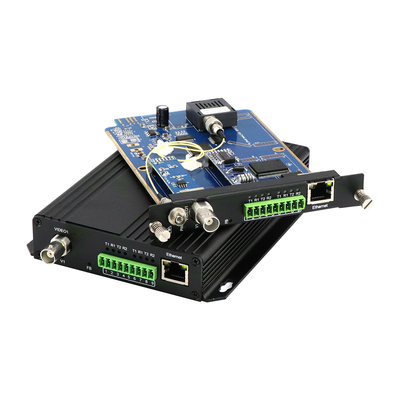A New Era of Ultra-Long-Distance, Zero-Latency Aerial Control
Introduction
FPV (First-Person View) drones have rapidly evolved over the past decade, transforming from hobbyist aircraft into precision tools used in cinematography, industrial inspection, border monitoring, research, and defense.
Traditionally, FPV systems rely on radio-frequency transmission for video and control signals.
However, RF systems face natural limitations—signal attenuation, interference, limited range, and potential instability in complex environments.
In recent years, a new breakthrough has emerged: Fiber Optic FPV Drones.
By integrating lightweight optical transceiver modules such as Olycom’s OM610-1V1T Fiber Optic UAV Transmission System, drones can now achieve up to 80 km of real-time, lossless signal transmission with exceptional security and reliability.
This innovation is reshaping what drones can do and where they can operate.
1. What Are Fiber Optic FPV Drones?
Fiber Optic FPV Drones are unmanned aerial systems that use optical fiber to transmit real-time video and control signals between the drone (sky end) and the operator (ground end).
Instead of relying solely on wireless RF links, the drone utilizes a highly compact fiber-optic transceiver to send:
Analog FPV video (AV signal)
Full-duplex control signals via TTL, CRSF, or similar protocols
Fiber optics enables extreme-range communication because data is transmitted using light, not electromagnetic waves. This results in:
- Zero electromagnetic interference
- Significantly increased transmission distance
- Greater safety and resistance to jamming
- Higher image stability and fidelity
Modules such as OM610-1V1T weigh only 50×29×13 mm, consume less than 5W, and support 2S–6S batteries, making them ideal for a wide variety of drone types.

2. How Does An Optical FPV Drone Work?
A Fiber Optic FPV drone system consists of two main components:
A. Sky-End Transmitter (Installed on the Drone)
- Wavelength: 1490 nm
- Interfaces: RX / TX / AV / VCC / GND
- RX/TX connect directly to the flight controller’s CRSF signal
- AV connects to the analog video output port
- The module converts video + control signals into optical signals
- Fiber port options: FC / SC / ST
B. Ground-End Receiver (Held by the Operator)
- Wavelength: 1550 nm
- RX/TX connect to the remote controller receiver
- AV outputs to a display, DVR, or analog VTX
- Converts optical signals back into electrical video/control signals

The two ends communicate through a single lightweight fiber-optic cable—with selectable lengths for 20 km, 30 km, 40 km, 60 km, or 80 km.
This architecture ensures lossless, real-time, long-distance communication, ideal for missions requiring absolute reliability.

3. Key Advantages of Fiber Optic Drones?
3.1 Ultra-Long-Distance Control — Up to 80 KM
Conventional RF video systems are typically limited to 10–20 km in ideal conditions. Fiber optics dramatically extend this limit, achieving 80 km of stable transmission.
3.2 Zero Interference & High Security
Optical fiber is immune to EMI, RFI, and signal jamming—critical for defense or strategic missions.
No wireless signals = much lower detection risk.
3.3 High Stability, No Signal Loss
Unlike RF systems affected by weather, obstacles, or RF noise, fiber optics deliver perfect stability, suitable for professional-grade operations.
3.4 Lightweight & Drone-Friendly Design
- Modules such as OM610-1V1T feature:
- Compact body (50×29×13 mm)
- <5W power consumption
- 5.5–26V wide voltage input (2S–6S battery compatible)
This ensures minimal impact on flight time and maneuverability.
3.5 Easy Integration with Existing FPV Systems
Compatible with:
- CRSF Crossfire
- Standard TTL control
- Analog FPV video output systems
- A variety of SFP and FC/SC/ST fiber connectors
4. Where Are Drone Optic Modules Used?
A. Long-Range Surveillance & Border Security
Authorities can deploy drones to monitor vast terrain such as forests, coastlines, or borders with real-time HD video without concern for RF interference or range limitations.
B. Industrial & Infrastructure Inspection
Fiber FPV is ideal for inspecting:
- Power grids
- Oil pipelines
- Railways
- Communication towers
- Especially in environments with heavy EM interference
C. Mapping, Surveying & Environmental Monitoring
Geological surveys or environmental assessments often require long-distance stable communication—something fiber optics specialize in.
D. Special Missions & Tactical Operations
Defense, police, and emergency responders benefit from:
- Non-jammable control links
- Long-distance real-time feedback
- Reduced risk of detection
E. Aerial Cinematography
For filmmakers operating in demanding environments, fiber FPV ensures:
- Highly stable live monitoring
- Interference-free long-range shots
- Real-time director’s view with no latency
5. Why Fiber Drone Transceivers Are the Future?
Fiber Optic FPV drones represent the next evolution of unmanned aerial technology.
By replacing traditional RF-based systems with secure, interference-free, ultra-long-distance fiber-optic communication, drones gain unprecedented capability in both civilian and professional applications.
With benefits such as up to 80 km range, zero interference, lightweight design, and exceptional reliability, fiber-optic transmission systems like Olycom’s OM610-1V1T are becoming essential tools for modern aerial operations.
As more industries demand stable, long-range, and secure drone communication, Fiber Optic FPV technology will continue to expand and redefine the limits of what unmanned systems can achieve.

 Το μήνυμά σας πρέπει να αποτελείται από 20-3.000 χαρακτήρες!
Το μήνυμά σας πρέπει να αποτελείται από 20-3.000 χαρακτήρες! Παρακαλούμε ελέγξτε το email σας!
Παρακαλούμε ελέγξτε το email σας!  Το μήνυμά σας πρέπει να αποτελείται από 20-3.000 χαρακτήρες!
Το μήνυμά σας πρέπει να αποτελείται από 20-3.000 χαρακτήρες! Παρακαλούμε ελέγξτε το email σας!
Παρακαλούμε ελέγξτε το email σας! 
